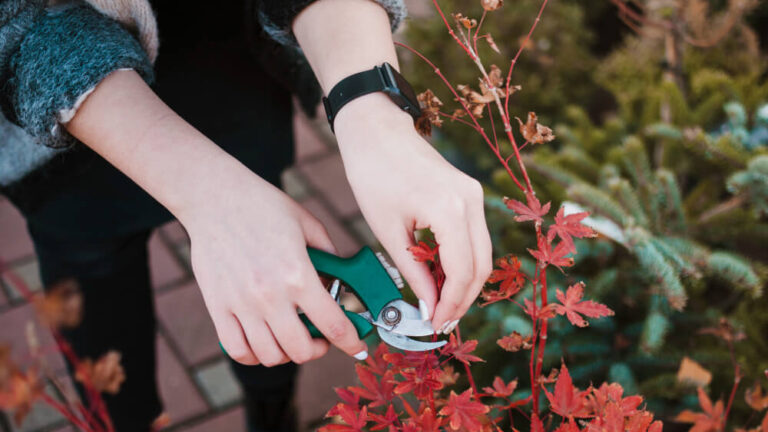Maintaining a garden can be a rewarding experience, but it requires regular care and attention. By following a clear, step-by-step approach, you can keep your garden looking beautiful and healthy throughout the year. Here’s a guide to effective garden maintenance.
Assess the specific needs of your plants
The first step in garden maintenance is to assess the specific needs of your plants. Different plants have varying water, sunlight, and soil requirements, so it’s essential to know the conditions in your garden. Walk around your garden regularly to check the health of your plants, looking for any signs of distress, such as yellowing leaves, pests, or disease. Taking time to assess your garden’s condition helps you plan tasks more effectively.
Remove weeds regularly
Weeds can compete with your plants for nutrients, water, and sunlight, so it’s important to remove them regularly. Start by hand-pulling weeds or using a garden hoe to remove them at the root. Ensure to do this before weeds set seed to prevent future growth. Applying mulch around plants can also help suppress weed growth by blocking sunlight and maintaining soil moisture.
Prune and trim plants
Pruning is essential for encouraging healthy growth, removing dead or damaged branches, and shaping your plants. Use pruning shears to cut back overgrown plants and remove dead or diseased stems. For flowering plants, deadhead regularly by removing spent blooms, which encourages new growth and prolongs the blooming season. Shrubs and trees should also be trimmed to prevent them from becoming overgrown or misshapen.
Water wisely
Proper watering is important for garden maintenance. Most plants need about one inch of water per week, but this can vary depending on the plant type and weather conditions. Water in the early morning to reduce evaporation and allow plants to absorb moisture before the heat of the day. Use a hose or drip irrigation system to water the base of plants, rather than overhead, to avoid promoting fungal diseases.
Feed your plants
Regular fertilization ensures that your plants get the nutrients they need to thrive. Use a balanced fertilizer appropriate for the plants in your garden, whether organic compost or a slow-release chemical fertilizer. Fertilize in spring and throughout the growing season, following the recommended guidelines to avoid over-fertilizing.
